Diwali ( Deepavali (IAST: dīpāvalī) or Divali;) is the Hindu festival of lights with its variations also celebrated in other Indian religions. It symbolises the spiritual “victory of light over darkness, good over evil, and knowledge over ignorance”. Diwali is celebrated during the Hindu lunisolar months of Ashvin (according to the amanta tradition) and Kartika—between around mid-September and mid-November. The celebrations generally last five or six days.
Diwali is connected to various religious events, deities and personalities, such as being the day Rama returned to his kingdom in Ayodhya with his wife Sita and his brother Lakshmana after defeating the demon king Ravana. It is also widely associated with Lakshmi, the goddess of prosperity, and Ganesha, the god of wisdom and the remover of obstacles. Other regional traditions connect the holiday to Vishnu, Krishna, Durga, Shiva, Kali, Hanuman, Kubera, Yama, Yami, Dhanvantari, or Vishvakarman.
Primarily a Hindu festival, variations of Diwali are also celebrated by adherents of other faiths. The Jains observe their own Diwali which marks the final liberation of Mahavira. The Sikhs celebrate Bandi Chhor Divas to mark the release of Guru Hargobind from a Mughal prison. Newar Buddhists, unlike other Buddhists, celebrate Diwali by worshipping Lakshmi, while the Hindus of Eastern India and Bangladesh generally celebrate Diwali by worshipping the goddess Kali.
During the festival, the celebrants illuminate their homes, temples and workspaces with diyas (oil lamps), candles and lanterns. Hindus, in particular, have a ritual oil bath at dawn on each day of the festival. Diwali is also marked with fireworks and the decoration of floors with rangoli designs, and other parts of the house with jhalars. Food is a major focus with families partaking in feasts and sharing mithai. The festival is an annual homecoming and bonding period not only for families, but also for communities and associations, particularly those in urban areas, which will organise activities, events and gatherings. Many towns organise community parades and fairs with parades or music and dance performances in parks. Some Hindus, Jains and Sikhs will send Diwali greeting cards to family near and far during the festive season, occasionally with boxes of Indian confectionery. Another aspect of the festival is remembering the ancestors.
Diwali is also a major cultural event for the Hindu, Sikh, and Jain diaspora. The main day of the festival of Diwali (the day of Lakshmi Puja) is an official holiday in Fiji, Guyana, India, Malaysia, Mauritius, Myanmar, Nepal, Pakistan, Singapore, Sri Lanka, Suriname, and Trinidad and Tobago.
History
The five-day long festival originated in the Indian subcontinent and is likely a fusion of harvest festivals in ancient India. It is mentioned in early Sanskrit texts, such as the Padma Purana and the Skanda Purana, both of which were completed in the second half of the 1st millennium CE. The diyas (lamps) are mentioned in Skanda Kishore Purana as symbolising parts of the sun, describing it as the cosmic giver of light and energy to all life and which seasonally transitions in the Hindu calendar month of Kartik.
Emperor Harsha refers to Deepavali, in the 7th-century Sanskrit play Nagananda, as Dīpapratipadotsava (dīpa = light, pratipadā = first day, utsava = festival), where lamps were lit and newly engaged brides and grooms received gifts. Rajasekhara referred to Deepavali as Dipamalika in his 9th-century Kavyamimamsa, wherein he mentions the tradition of homes being whitewashed and oil lamps decorated homes, streets and markets in the night.
Diwali was also described by numerous travelers from outside India. In his 11th-century memoir on India, the Persian traveler and historian Al Biruni wrote of Deepavali being celebrated by Hindus on the day of the New Moon in the month of Kartika. The Venetian merchant and traveler Niccolò de’ Conti visited India in the early 15th-century and wrote in his memoir, “on another of these festivals they fix up within their temples, and on the outside of the roofs, an innumerable number of oil lamps… which are kept burning day and night” and that the families would gather, “clothe themselves in new garments”, sing, dance and feast. The 16th-century Portuguese traveler Domingo Paes wrote of his visit to the Hindu Vijayanagara Empire, where Dipavali was celebrated in October with householders illuminating their homes, and their temples, with lamps. It is mentioned in the Ramayana that Diwali was celebrated for only 2 years in Ayodhya.
Islamic historians of the Delhi Sultanate and the Mughal Empire era also mentioned Diwali and other Hindu festivals. A few, notably the Mughal emperor Akbar, welcomed and participated in the festivities, whereas others banned such festivals as Diwali and Holi, as Aurangzeb did in 1665.
Publications from the British colonial era also made mention of Diwali, such as the note on Hindu festivals published in 1799 by Sir William Jones, a philologist known for his early observations on Sanskrit and Indo-European languages. In his paper on The Lunar Year of the Hindus, Jones, then based in Bengal, noted four of the five days of Diwali in the autumn months of Aswina-Cartica [sic] as the following: Bhutachaturdasi Yamaterpanam (2nd day), Lacshmipuja dipanwita (the day of Diwali), Dyuta pratipat Belipuja (4th day), and Bhratri dwitiya (5th day). The Lacshmipuja dipanwita, remarked Jones, was a “great festival at night, in honour of Lakshmi, with illuminations on trees and houses”.


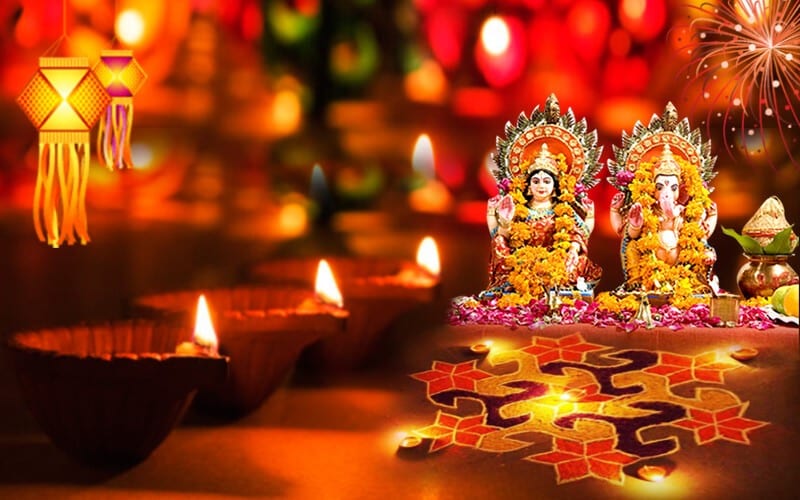
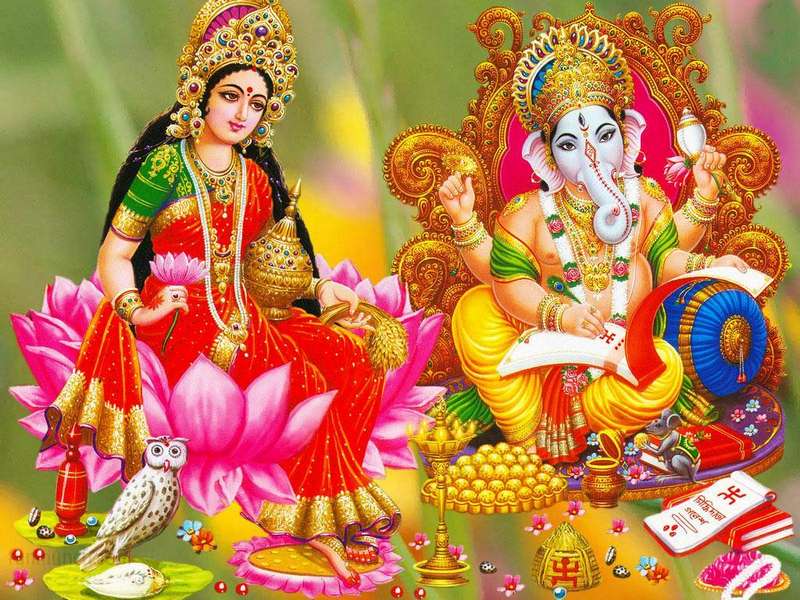

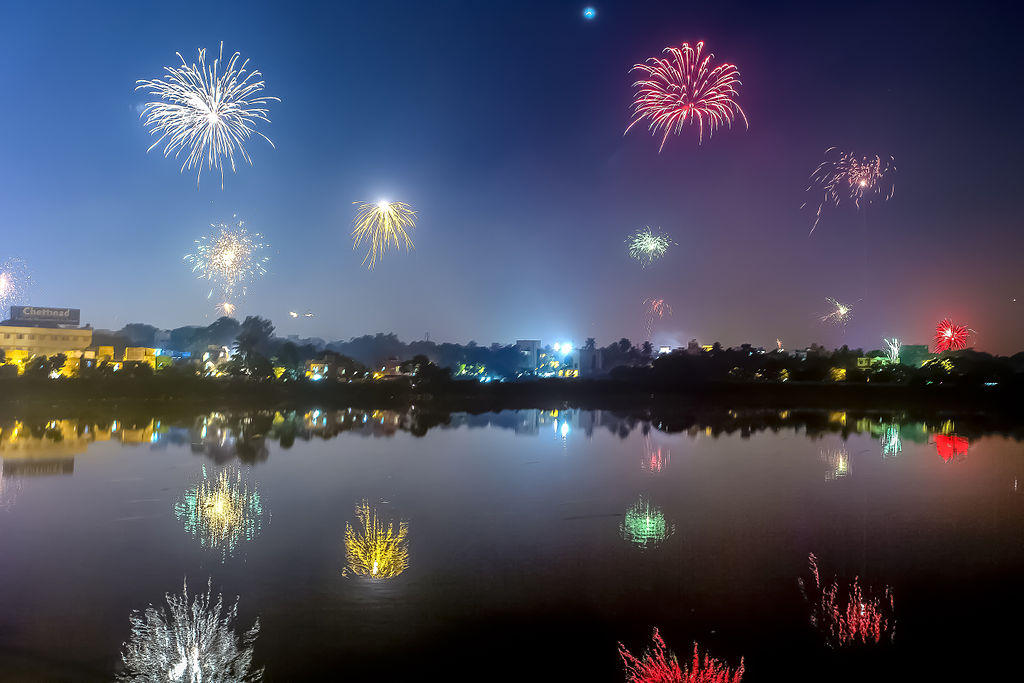
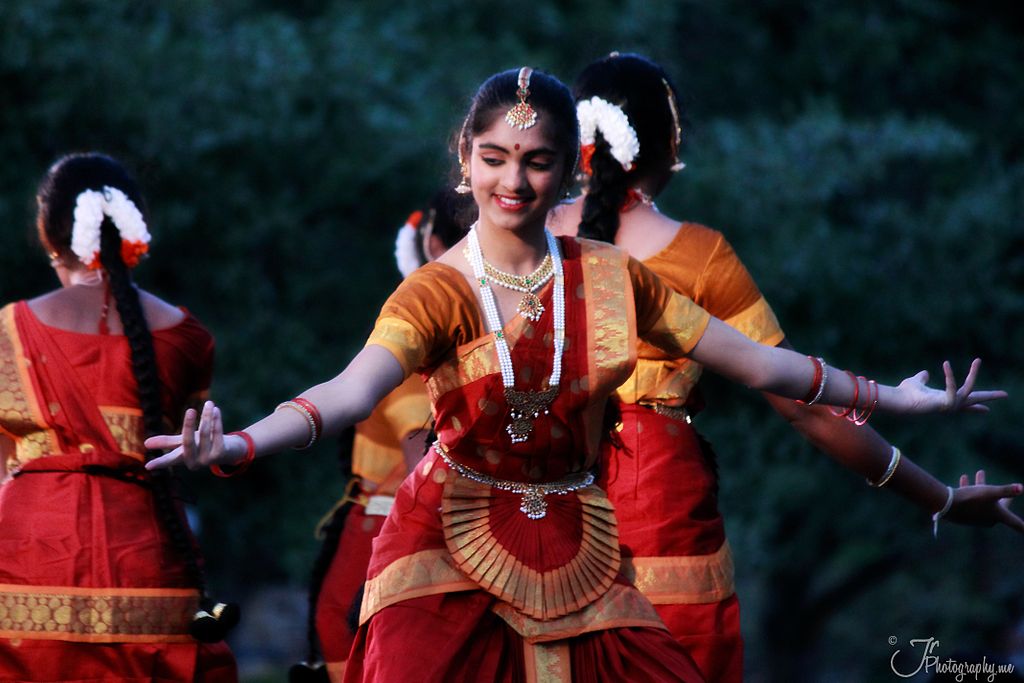
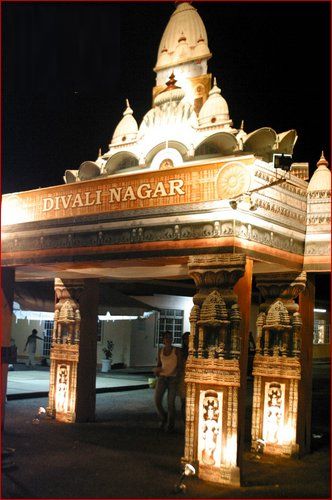
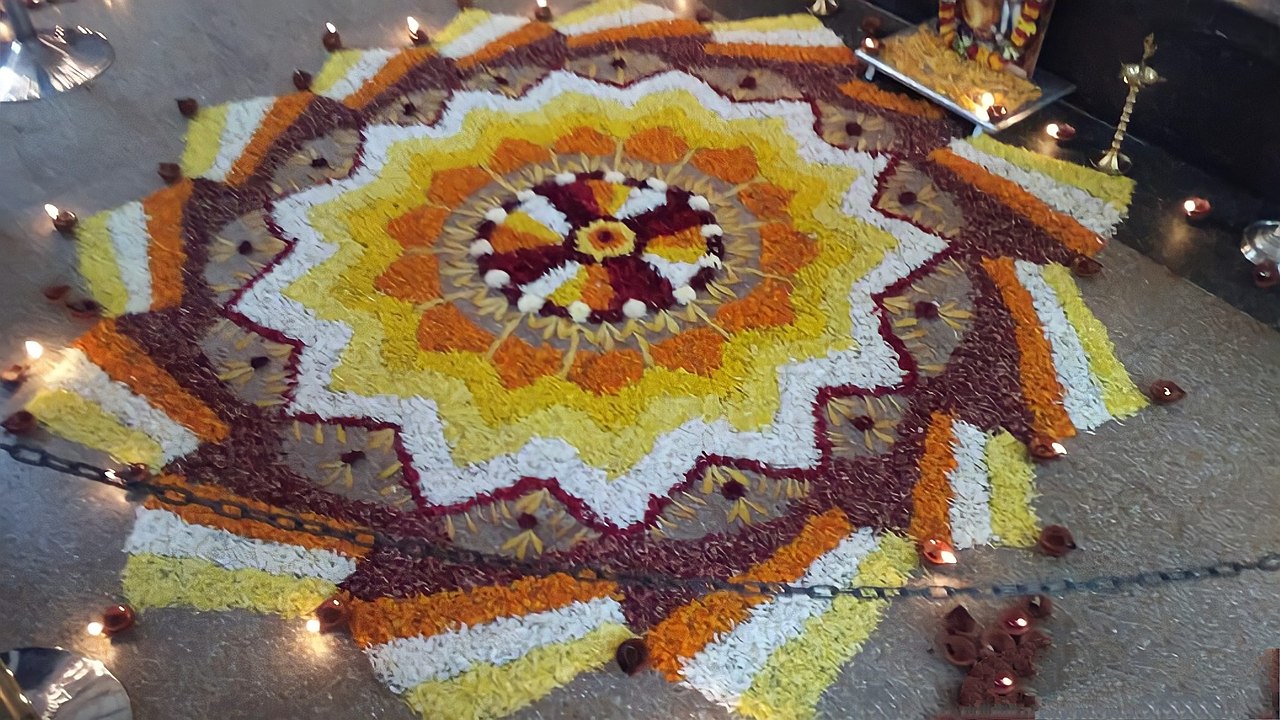
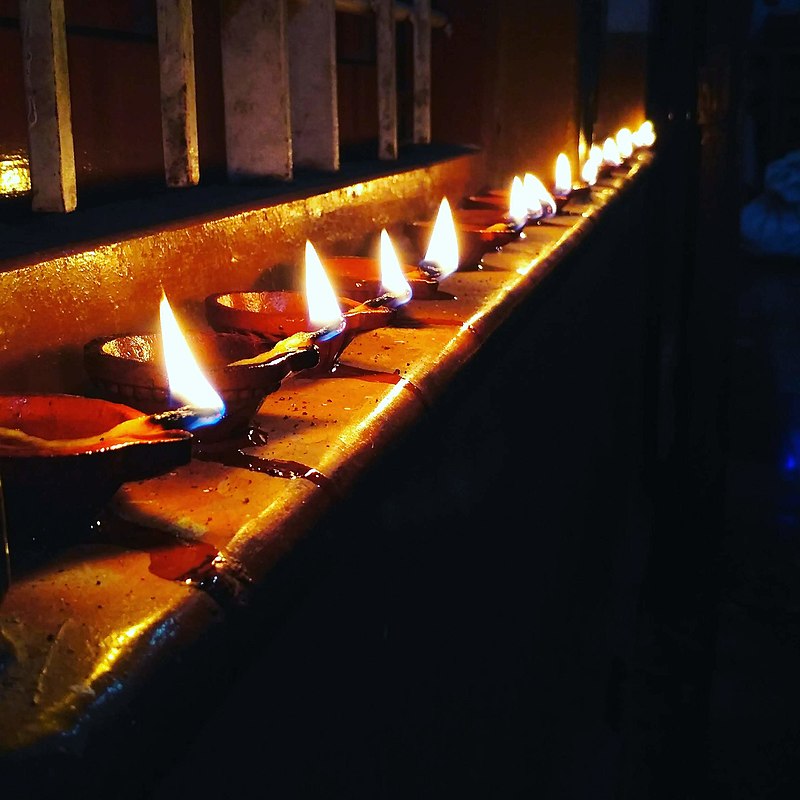


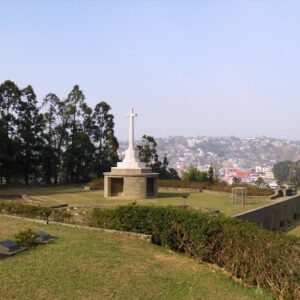





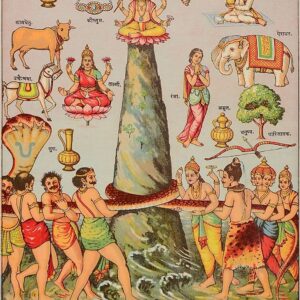


Reviews
There are no reviews yet